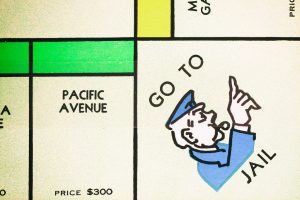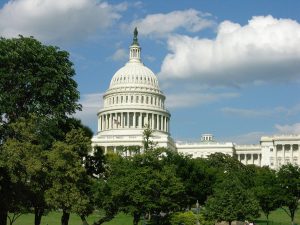Author: Luis Blanquez
If you read our articles regularly, you know an antitrust compliance policy is a strong tool to educate directors and employees to avoid risks of anticompetitive conduct. Companies articulating such programs are in a better position to detect and report the existence of unlawful anticompetitive activities, and if necessary, be the first ones to secure corporate leniency from antitrust authorities.
Antitrust Compliance Programs in the US and the European Union
But make no mistake––not any antitrust compliance policy is sufficient to convince the Antitrust Division of the Department of Justice (DOJ) that you are a good corporate citizen. You must show the authorities how your compliance program is truly effective and meets the purpose of preventing and detecting antitrust violations.
And how do you do that? As a start, you should get familiar with the following key documents.
- The DOJ’s new Policy for incentivizing antitrust compliance;
- S. Dep’t of Justice, Antitrust Div., Evaluation of Corporate Compliance Programs in Criminal Antitrust Investigations (July 2019);
- S. Dep’t of Justice, Criminal Div., Evaluation of Corporate Compliance Programs (June 2020);
- DOJ updated Justice Manual.
Make sure you read them carefully because they have significantly changed the way DOJ credits compliance programs at the charging stage; and how it evaluates them at the sentencing stage. But that’s not all. For the first time, they also provide public guidance on how DOJ analyzes compliance programs in criminal antitrust investigations.
In this article, we focus on the new DOJ Policy for incentivizing antitrust compliance, as well as the 2019 and 2020 Guidance Documents. We also provide an overview of the most recent Deferred Prosecution Agreements (DPAs) and indictments from DOJ.
If you also want to review the new changes to the Justice Manual, you can see them here. In a nutshell, the new revisions impact the evaluation of compliance programs at the charging and sentencing stage. In the past the Justice Manual stated that “credit should not be given at the charging stage for a compliance program.” That text has now been deleted. The new additions also impact DOJ processes for recommending indictments, plea agreements, and the selection of monitors.
The 2019 DOJ New Policy for Incentivizing Antitrust Compliance
In the past, if a company did not win the race for leniency, the DOJ’s approach was to insist that it plead guilty to a criminal charge with the opportunity to be an early-in cooperator, and potentially receive a substantial penalty reduction for timely, significant, and useful cooperation. This all-or-nothing philosophy highlighted the value of winning the race for leniency. The new Policy departs from this approach.
In July 2019, the DOJ announced the new policy to incentivize antitrust compliance.
Antitrust News: The Department of Justice Wants You to Have a Strong Antitrust Compliance Policy
The new policy was presented by AAG Makan Delrahim on July 11, 2019, at the Program on Corporate Compliance and Enforcement at the New York University School of Law: Wind of Change: A New Model for Incentivizing Antitrust Compliance Programs. Delrahim explained that, unlike in the past, corporate antitrust compliance programs will now factor into prosecutors’ charging and sentencing decisions and may allow companies to qualify for deferred prosecution agreements (DPAs) or otherwise mitigate exposure, even when they are not the first to self-report criminal conduct.
 The Antitrust Attorney Blog
The Antitrust Attorney Blog












